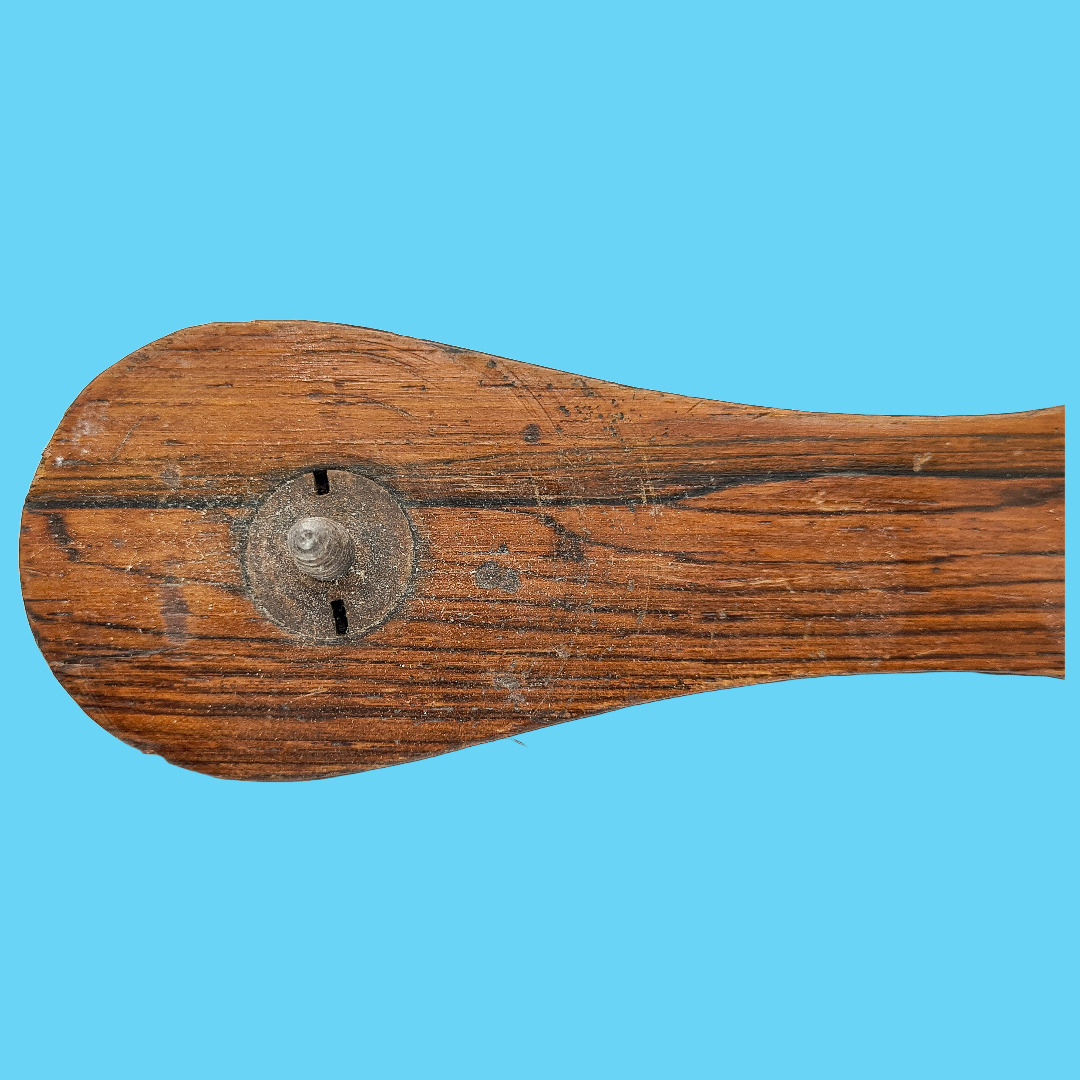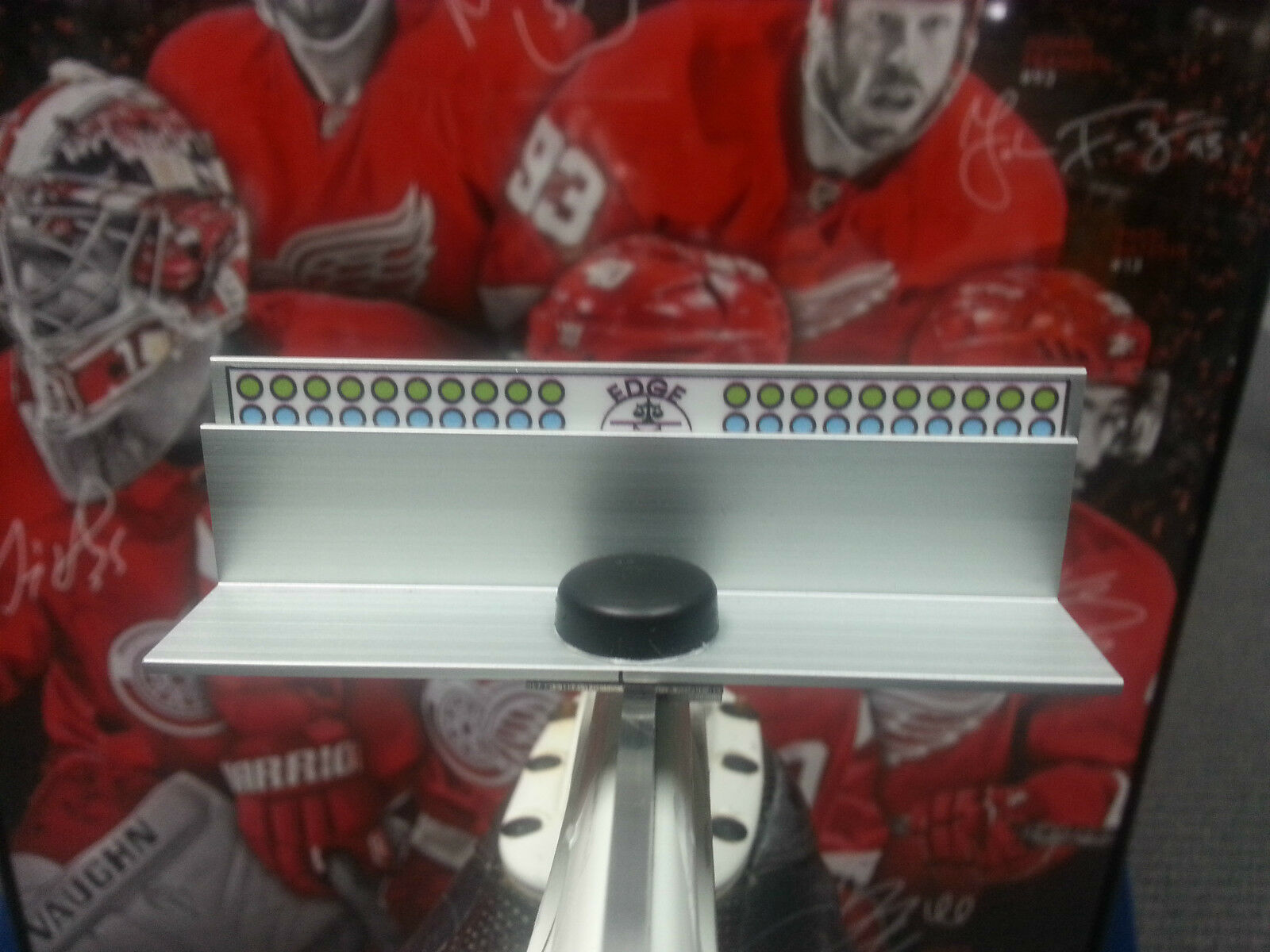-40%
Antique skating old ice skate golden star decor, popular art
$ 67.92
- Description
- Size Guide
Description
DO NOT HESITATE TO VISIT MY OTHER SALES:
https://www.ebay.fr/str/trouvetou66
FREE shipping France & EU
Shipping only by Mondial Relay and sometimes by relay point to: Germany, Austria, Belgium, Spain, Italy, Luxembourg, Netherlands, Portugal
Length 31 cm - Width to widest 5.7 cm - Height 3.5 cm - Weight 288 grams
Photo Condition - Time and Use Wear and Use - Clean - Look carefully at 17 photos installed in cartridge description
The Little History of Ice Skating
Originally, ice skates were a means of locomotion and hunting. The first rudimentary skates would have appeared in the peoples of northern Europe, present-day Finland. The oldest pair of skates known to man is believed to date back to approximately 3000 BC. It was reportedly found at the bottom of a lake in Switzerland. These skates had been made with leg bones from large animals, primarily reindeer, elk, and beef. Holes were drilled at each end and skin straps were used to tie them under the boots. The names used by the Dutch of the time were ""schenkel"", which means leg and also ""schaats"", which means ""leg bone"". By the way the English word ""skate"" comes from the Dutch word ""schaats"". Very rudimentary and precarious stability, they required the use of a stick in order to maintain its balance.
Around the 14th century, the Dutch began using wooden platform skates with a flat iron bottom, which they tied to their feet with leather straps. Around 1500, the Dutch added a narrow double-edged metal blade, which could be sharpened, faster, and tied by leather laces. The stick became a thing of the past. Skaters could now move around with a single skate, using the ""Dutch roll"" or ""Dutch swing"", a precursor to the ""Push and Glide"" technique, which is to slide without pushing sticks.
In 1848, E.V. Bushnell of Philadelphia, Pennsylvania invented the first all-steel skate clamp. This revolutionized ice skating because, for the first time, skaters can twist, spin, skate and jump without losing their skates!
In 1865, Jackson Haines, a renowned American ballet dancer and skater, considered the father of modern figure skating, developed the all-metal two-plate blade. The blade was screwed directly to Haines boots. The skater became famous for his new dance moves, jumps, and spins. Haines added the first claw to skate blades in the 1870s, making dives possible to launch jump movements.
In 1914, John E. Strauss, a blade manufacturer from St. Paul, Minnesota, invented the first closed-end blade, made from a single piece of steel. The skates were now lighter and stronger.
In January 1876 the first artificial (mechanically refrigerated) ice rink opened in Chelsea, London, England: the Chelsea ""Glaciarium"", located in the Kings Road district. Built by John Gamgee, it will close in late 1876.
IMPORTANT
Shipments are protected and sometimes insurance is related to shipping.
It is imperative that when receiving the item you pay attention to the condition of the envelope or cardboard.
If you notice any damage, crushing, destruction or otherwise prior to receipt, please ensure the item is in condition before taking possession of the mail or package and validating its receipt.
If you do not do this, it will be impossible to operate the insurance afterwards in case of breakage or damage due to transport and
in this case no refund will be made
.
At my level I do my best to protect your purchases.
Thanking you in advance for your
collaboration
and understanding.
Customs Information
Other costs or charges such as customs or import duties, customs clearance and handling may also be claimed while shipping your lot. In this case you will be charged later by the relevant service.

























